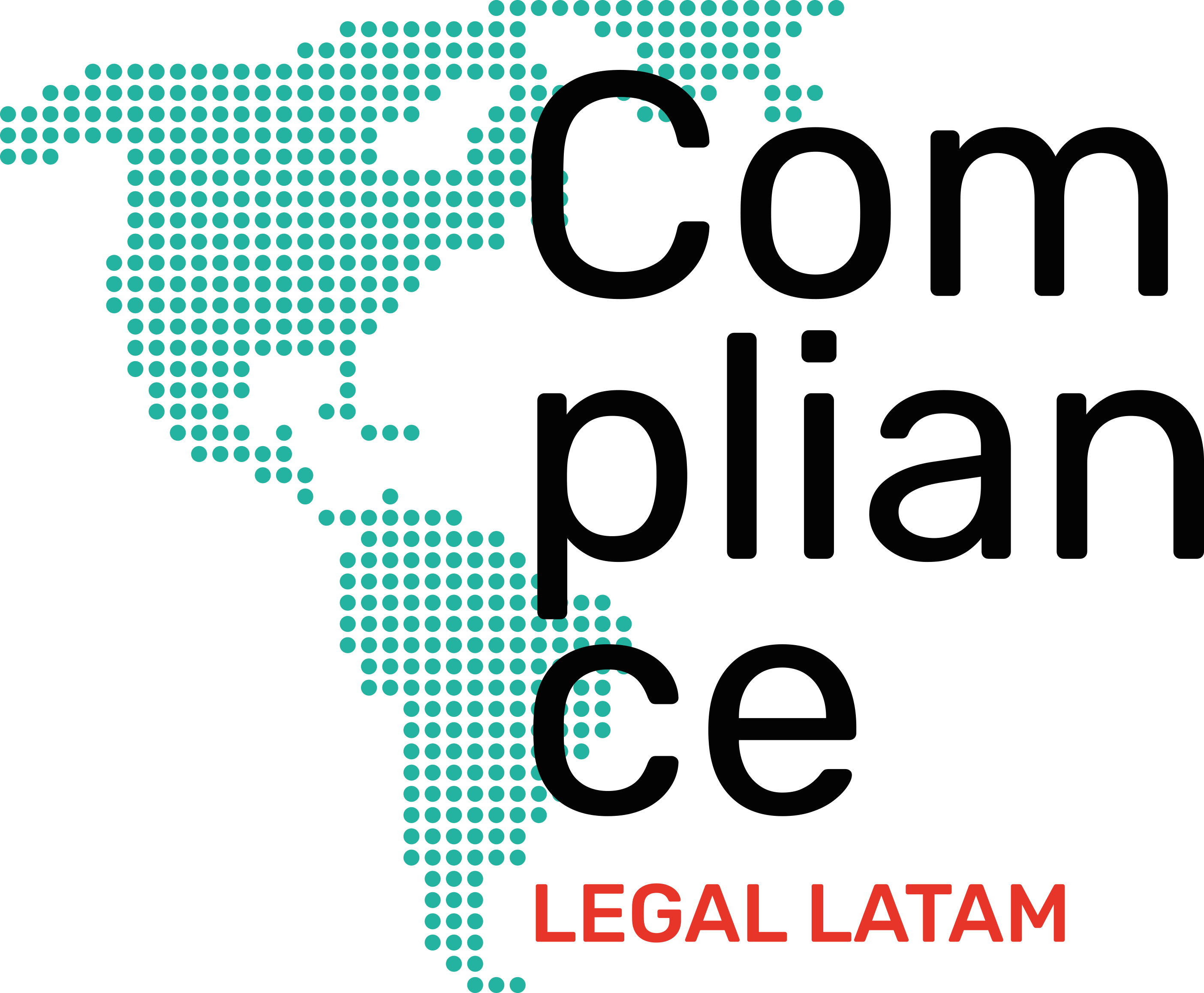

On June 8, 2023, the long-awaited Official Mexican Standard NOM-037-STPS-2023 was published in the Official Gazette of the Federation. Teleworking – Safety and health conditions in teleworking, after an analysis of the labor and business sectors to the project that was originally published on July 15, 2022. The creation of this Official Mexican Standard is the result of compliance with the reform that added Chapter XII Bis of the Federal Labor Law, in matters of Teleworking, in the month of January 2021, where it granted the Federal Executive Power a period of eighteen (18) months to publish a regulation that reflected the provisions, obligations and guidelines on health and safety in the provision of services under the teleworking modality.
The Standard contemplates the following points:
General considerations.
It distinguishes between the workplace, where the activities are carried out in person, and the workplace, which is different from the workplace, where the teleworking worker carries out their activities.
Obligations of the employer.
Have an updated list of workers under the teleworking modality, which reflects name, gender, marital status, name and job profile, activities to be carried out, time (in percentage) under the teleworking modality, contact telephone number , address, the place or places agreed for the provision of remote services, reason and address of the workplace and a list of computer and ergonomic equipment granted to the worker.
Ensure that the workplaces in which the services are carried out under the teleworking modality meet specific conditions, such as having connectivity, complying with safety and health conditions at work (good condition of electrical installations, lighting, ventilation and ergonomic conditions), and the employer can carry out a physical or virtual verification of the referred place, through its Safety and Hygiene Commission.
Establish and implement a Teleworking Policy with a gender perspective, which includes rest time for working women who are breastfeeding.
Have the validation of the “Verification list of health and safety conditions in teleworking”, either through a visit or through a questionnaire that is given to the worker that allows determining whether or not they have the conditions necessary for the development of remote work. These visits may be carried out by the Safety and Hygiene Commission, with the consent of the worker.
Establish in writing the procedure to migrate from face-to-face to teleworking.
Provide ergonomic chairs and other supplies and accessories necessary for the performance of their tasks.
Create and document programs regarding how to provide maintenance to electronic equipment delivered to teleworkers.
Provide training to teleworkers on health and safety conditions that they must maintain in their remote workplace, at least once a year.
Guarantee reversibility to the face-to-face scheme, when justified, or because it suits their interests.
Carry out the medical examinations that correspond to workers in accordance with NOM-030-STPS-2009 (Preventive services for safety and health at work-Functions and activities), and follow up on notices of work accidents.
Have care mechanisms for cases of family violence, which include the return to face-to-face modality.
Guarantee the confidentiality of the lists of people who are under the teleworking modality.
Provide support and facilities for teleworking workers to participate in the Safety and Hygiene Commission or in the Mixed Training, Training and Productivity Commission.
Include union rights and provisions of the applicable collective agreement in the Teleworking Policy.
Obligations of workers under the teleworking modality.
Provide the Safety and Hygiene Commission with the necessary facilities to check the health and safety conditions in their workplace, for the first time, and then with the established periodicity.
Comply with the Teleworking Policy.
Inform the employer of any alteration that, in terms of safety and health at work, prevent the development of their activities in the place agreed by the parties. The basic elements of the temporary change of workplace document are: date of preparation, name of the worker, and description of the change of address.
Safeguard and keep in good condition the electronic equipment, materials, tools and ergonomic material delivered by the employer.
Comply with the provisions on occupational health and safety, and submit to medical examinations, in accordance with NOM-030-STPS-2009 (Preventive occupational health and safety services-Functions and activities).
Comply with the policies and mechanisms for the protection of data and information, the restrictions on use and storage, established by the employer.
Inform the employer in writing regarding any change of temporary or permanent address from where they carry out their remote activities.
Participate in the information and training processes on the risks related to Teleworking.
Notify the employer and the Safety and Hygiene Commission of the work risks suffered.
Safety and Health Conditions at Work / Training and Instruction.
The Standard establishes the occupational health and safety conditions that the parties must comply with in order to avoid work risks caused by physical agents, ergonomic risk and psychosocial risk factors, as well as the terms and conditions under which training and training for workers under the teleworking modality.
Verification of Health and Safety Conditions.
Employers may contract evaluation agencies in charge of inspecting health and safety conditions -without them visiting the workplace-, called “Inspection Units”, which must have accreditation and approval for this. For this purpose, a “Conformity Assessment Procedure” is established, which will be applicable both for the aforementioned Inspection Units, as well as for inspection visits carried out by the labor authority in the work centers.
The Standard also establishes the type of verification (documentary and/or interview) and the acceptance criteria with which the employer may accredit, through the Safety and Hygiene Commission, due compliance with its obligations regarding safety and health in teleworking and contains various reference guides that the employer can take as a basis for the observance of the corresponding provisions.
In this latest version of the Standard, a preponderant role was given to the Safety and Hygiene Commission, with the aim of being in charge of verifying the conditions in which workers will perform under the teleworking modality, which can be verified through photos or videos.
Another important aspect of the Standard is that it highlights the gender perspective as an element in the implementation of the teleworking modality, establishing special protections for people who may suffer violence in the home and recognizing the rights of lactating women to take breaks.
Based on the foregoing, through this Standard it is intended to encourage the importance of work-family balance, to avoid social isolation and techno-stress (negative psychosocial effects derived from the use of information technologies), as well as the role of employers to prevent risks that could negatively affect the health and life of their workers.
The Standard will enter into force one hundred and eighty (180) calendar days after its publication in the Official Gazette of the Federation, that is, in December of this year 2023.
For more information contact:
Juan José López de Silanes | Partner Basham, Ringe and Correa | lopez_de_silanes@basham.com.mx





